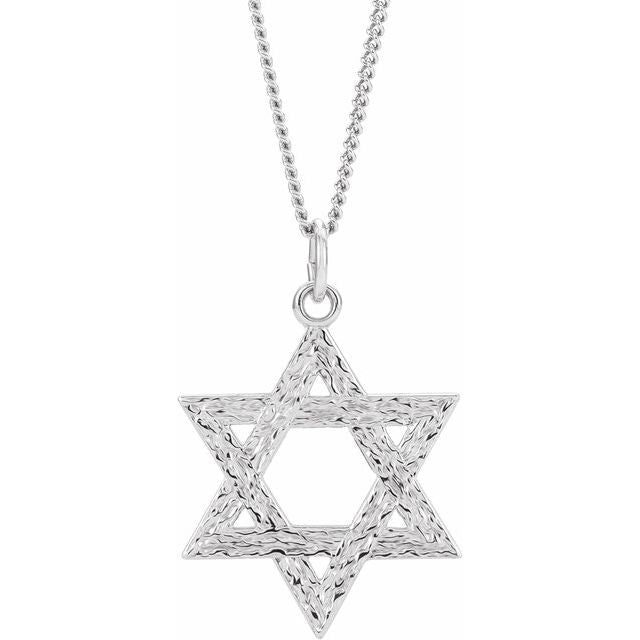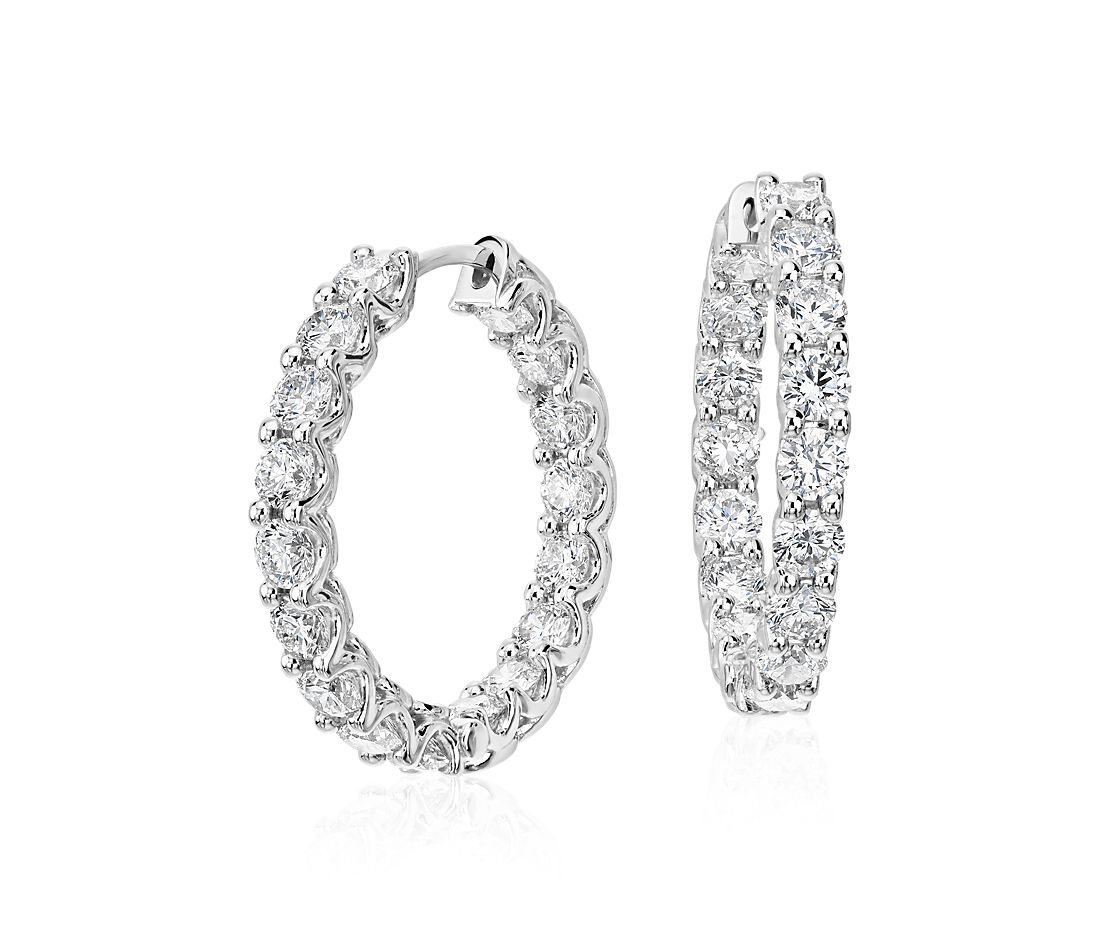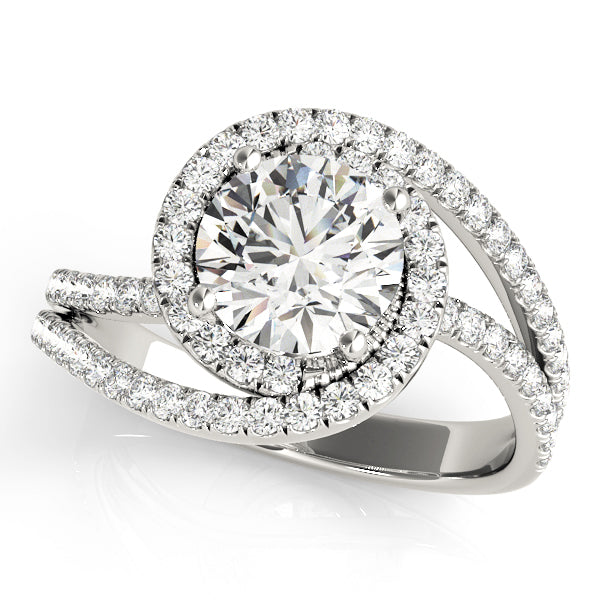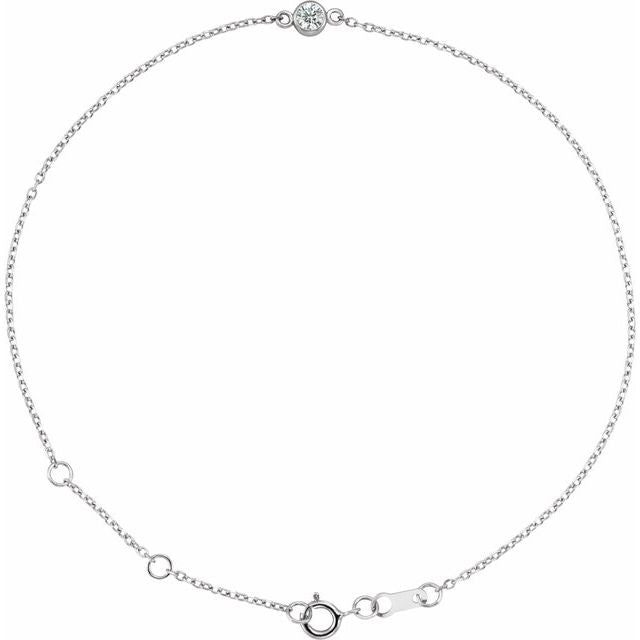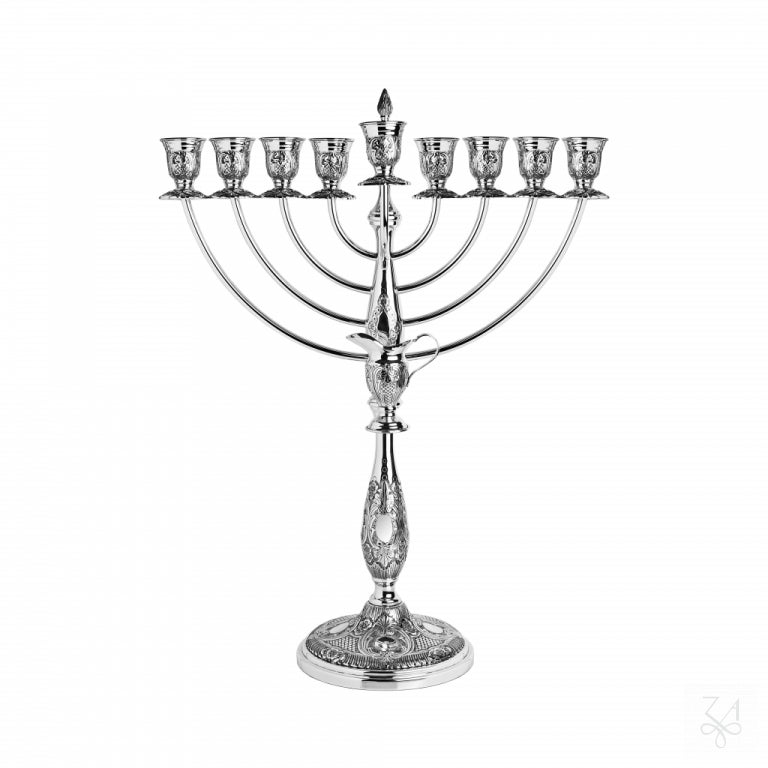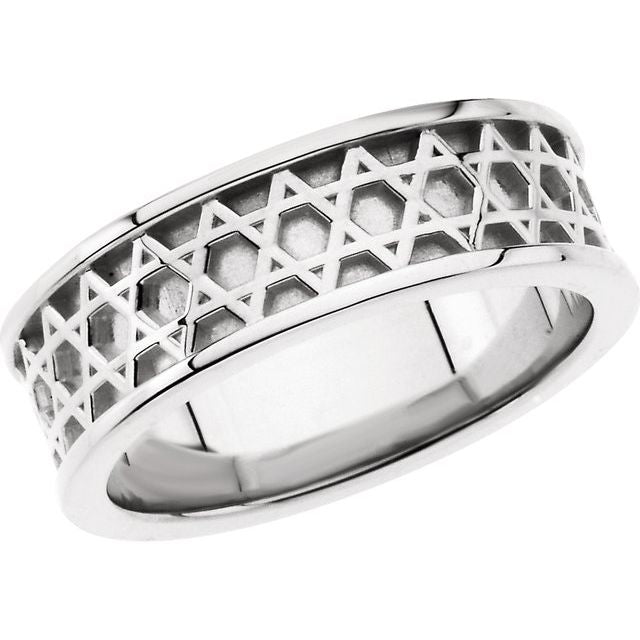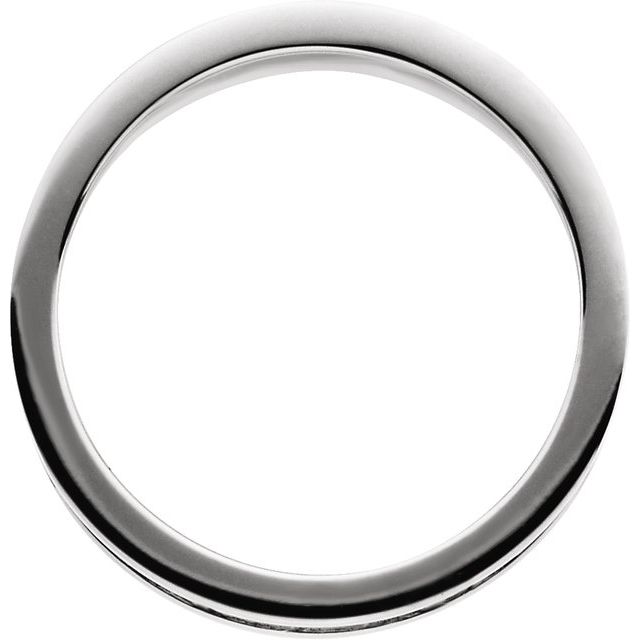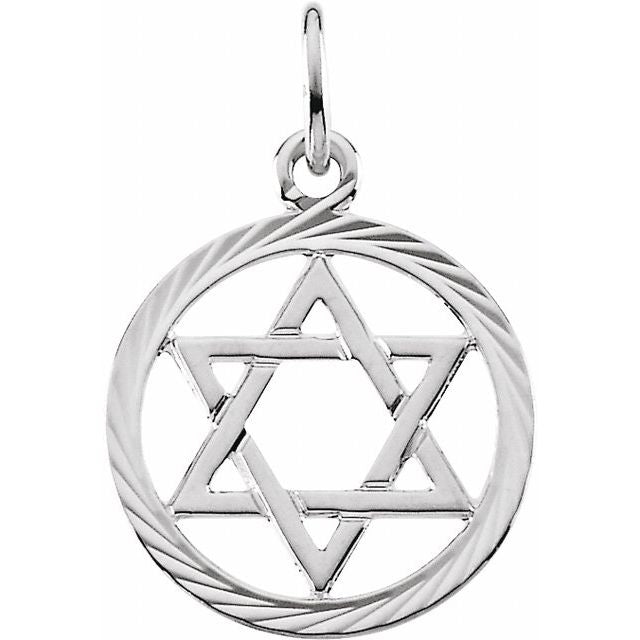How to Tighten Loose Stones in Rings, Necklaces, and Bracelets: A Complete Guide
Have you ever felt that moment of panic when you look down at your favorite ring and notice the stone wiggling in its setting? Or perhaps you've reached up to touch your pendant only to realize the gemstone feels loose? It's a heart-stopping moment that leaves many of us wondering whether we're about to lose a precious stone—or worse, a precious memory.
Loose stones in jewelry are incredibly common. Whether it's your grandmother's heirloom ring, the necklace you received for your anniversary, or a bracelet you treated yourself to, all jewelry is susceptible to loosening stones over time. The good news? Many loose stone situations can be addressed at home with the right knowledge, tools, and techniques.
In this comprehensive guide, we'll explore why stones become loose, how to identify when a stone is at risk, and most importantly, various methods to secure those precious gems back in place. We'll cover different types of jewelry—rings, necklaces, and bracelets—and the unique challenges each presents. From temporary emergency fixes to more permanent solutions, I'll walk you through everything you need to know to keep your treasured pieces intact.

Why Do Stones Become Loose in Jewelry?
Before diving into solutions, it's helpful to understand why stones become loose in the first place. This knowledge can help you prevent future issues and choose the most appropriate fixing method.
Normal Wear and Tear
Jewelry is meant to be worn and enjoyed, but daily wear inevitably leads to some deterioration. Metal settings gradually wear down from constant contact with clothing, surfaces, and even your skin. Over time, prongs can bend or wear thin, bezels can stretch, and channel settings can widen—all of which compromise their ability to hold stones securely.
Temperature Changes
Metal expands when heated and contracts when cooled. These temperature fluctuations, especially if dramatic or frequent, can gradually loosen settings. This is why jewelers often advise removing rings before activities involving temperature extremes, like soaking in a hot tub followed by jumping into a cool pool.
Impact and Pressure
Bumping your ring against a hard surface, gripping objects tightly while wearing jewelry, or applying pressure to your pieces can bend prongs or settings. Even seemingly minor impacts can, over time, contribute to stones becoming loose.
Improper Sizing or Repairs
If a ring has been sized improperly or previous repairs weren't done correctly, the integrity of the setting may be compromised. This is particularly common with rings that have been sized up significantly, as the process stretches the metal and can distort the settings.
Chemical Exposure
Exposure to household chemicals, chlorine, saltwater, and even some personal care products can corrode or weaken metal settings. Gold, particularly white gold that's been rhodium-plated, and sterling silver are especially vulnerable to chemical damage.
Age of the Jewelry
Older pieces naturally experience more wear. Antique or vintage jewelry may have settings that were constructed differently than modern pieces, sometimes using techniques or materials that don't hold up as well over decades of wear.

Signs Your Jewelry Has Loose Stones
Catching a loose stone before it falls out can save you from loss and costly repairs. Here are key indicators that suggest your stones might be at risk:
Movement or Rattling
The most obvious sign is movement. If you can wiggle the stone with your fingertip or hear a rattling sound when you tap the piece gently against your palm, the stone is definitely loose.
Light Visible Between Stone and Setting
In secure settings, there should be no gap between the stone and the metal holding it. If you can see light passing between the stone and its setting, this indicates looseness.
Prongs Out of Position
In prong settings, all prongs should be evenly positioned over the stone. If one prong appears higher than others or is visibly bent away from the stone, this indicates a problem.
Spinning Stones
In rings particularly, if the center stone or accent stones rotate within their settings, they're loose and at risk of falling out.
Changes in How the Jewelry Feels
Sometimes you'll notice a loose stone simply because the jewelry doesn't feel the same when worn. The stone might catch on clothing or feel rough against your skin where it once felt smooth.
Essential Tools for Tightening Loose Stones
Before attempting any repairs, gathering the right tools will make the process easier and more successful. Here's what you'll need for basic stone tightening:
For Observation and Inspection
A jeweler's loupe or magnifying glass is essential for closely examining your jewelry. Good lighting, preferably a bright desk lamp that you can position directly over your work area, is also crucial.
For Cleaning
Before making any adjustments, your jewelry should be clean. Prepare a small bowl of warm water with a few drops of mild dish soap, a soft toothbrush dedicated to jewelry cleaning, and a lint-free cloth for drying.
For Prong Tightening
If you're working with prong settings, you'll need fine-tipped tweezers, a prong pusher (though a wooden toothpick can work in a pinch for very gentle adjustments), and possibly a rubber-tipped tool to avoid scratching the stone.
For Temporary Fixes
For emergency temporary fixes, clear nail polish or jeweler's glue, cotton swabs for application, and toothpicks for precision placement can be helpful.
For Protection
Work over a soft cloth or towel to prevent stones from bouncing away if they do fall out during your repair attempt. A small tray with raised edges can also help contain any small components.
For Safety
Depending on the repair, you might want to have latex or nitrile gloves to protect both your hands and your jewelry from oils and potential damage.
Tightening Loose Stones in Rings
Rings present unique challenges because they endure significant stress from daily hand movements and frequent impacts. Here's how to address loose stones in different types of ring settings:
Prong Settings
Prong settings are among the most common, especially for engagement rings and other significant pieces. They use small metal claws to hold the stone in place.
To tighten loose prongs:
First, examine the ring carefully under good light with your loupe. Identify which prongs are loose or out of position. Clean the ring thoroughly to remove any dirt that might be preventing the prongs from sitting flush against the stone.
For very minor adjustments, you can use a wooden toothpick to gently push the prong back toward the stone. Apply pressure at the base of the prong rather than the tip to avoid breaking it. For more significant adjustments, a proper prong pusher tool will give you better leverage and control.
Work systematically around the stone, checking each prong. Be extremely careful not to apply too much pressure, as this can break the prong or crack the stone. After adjusting each prong, check that the stone is secure by very gently testing it with the wooden end of a cotton swab.
For white gold or platinum rings, be aware that these metals are harder and may require professional attention, as they're more difficult to bend back into place without proper tools.
Bezel Settings
Bezel settings encircle the stone with a rim of metal. While generally more secure than prongs, they can still loosen over time.
If you notice your stone is loose in a bezel setting, the fix is more challenging for DIY repair. However, for a very slightly loose stone, you can try this temporary solution: Clean the ring thoroughly and ensure it's completely dry. Using a toothpick, apply a tiny amount of clear nail polish to the inside edge of the bezel where it meets the stone. Let it dry completely before wearing the ring.
This is strictly a temporary fix until you can see a professional, as nail polish will eventually wear off. For a proper repair, the jeweler will need to tighten the bezel by pushing the metal more firmly against the stone or rebuilding parts of the bezel that have worn thin.
Channel Settings
Channel settings hold stones in a groove between two strips of metal. These settings are common for wedding bands and anniversary rings featuring multiple small stones.
If stones in a channel setting feel loose, first clean the ring thoroughly to remove any debris from the channels. For a temporary fix, a minimal amount of jeweler's glue (never superglue) can be carefully applied with a toothpick at the edge where the metal meets the stone. Be extremely sparing—you want just enough to secure the stone without visible residue.
For a more permanent solution, a professional will need to tighten the channel by slightly closing the metal edges or rebuilding worn areas. This typically requires specialized tools and expertise.
Pave Settings
Pave settings feature numerous small stones set close together with tiny prongs or beads holding them in place. These delicate settings are particularly vulnerable to stone loss.
Due to the small size of pave stones and their settings, DIY repairs are challenging and risky. If you notice a loose stone in a pave setting, your best option is usually professional repair. However, as an emergency measure to prevent losing the stone before you can see a jeweler, you can apply a tiny dot of clear nail polish as a temporary adhesive. Use the finest toothpick you can find and apply with extreme precision.
Tightening Loose Stones in Necklaces
Necklaces present different challenges than rings. They experience less impact but are subject to different stresses from movement, gravity, and storage. Here's how to address common issues:
Pendant Settings
Pendants often feature prong, bezel, or custom settings. The techniques for tightening these are similar to those for rings, but with additional considerations.
Before working on a pendant, check that the stone is loose in its setting rather than the entire pendant being loose on its chain or bail (the component that attaches the pendant to the chain). If the stone is loose in a prong setting, follow the same prong-tightening techniques described for rings.
For pendants, gravity is a constant force pulling the stone downward. This means the bottom prongs or portion of a bezel often experiences the most stress. Pay particular attention to these areas when making adjustments.
After tightening the setting, also check that the bail is secure. A loose bail can cause the pendant to move excessively, putting additional stress on the stone's setting.
Multi-Stone Necklaces
For necklaces with multiple stones set along their length, each stone setting needs individual attention. These pieces often use variations of bezel, prong, or tension settings.
Examine each stone carefully under good light. For prong-set stones, follow the prong-tightening techniques already described. For bezel-set stones, the temporary nail polish fix may help until professional repair is possible.
With multi-stone necklaces, also check the connections between stone settings, as weakness in these areas can put additional stress on the settings themselves. If links between settings are bent or damaged, this should be addressed along with any loose stones.
Invisible or Tension Settings
Some modern necklaces use invisible or tension settings where the stone appears to float with minimal visible metal. These sophisticated settings should generally only be repaired by professionals, as they rely on precise tension and alignment.
If you notice a loose stone in such a setting, your safest option is to stop wearing the piece immediately and store it flat in a padded jewelry box until you can take it to a jeweler. Any DIY attempts risk losing the stone or damaging the specialized setting.
Tightening Loose Stones in Bracelets
Bracelets endure significant movement and impact, making them particularly prone to loosening stones. Here's how to address common bracelet issues:
Tennis Bracelets
Tennis bracelets typically feature a line of identically cut stones, usually in prong settings. These bracelets are notorious for losing stones due to their movement and exposure to impacts.
Examine each stone setting carefully. For loose stones in prong settings, you can attempt the same prong-tightening techniques described for rings. However, due to the high risk of stone loss in tennis bracelets, professional maintenance is strongly recommended at least once a year.
As a preventative measure, consider having a jeweler add a safety chain to your tennis bracelet if it doesn't already have one. This won't prevent stones from loosening but will prevent the entire bracelet from being lost if the clasp fails.
Charm Bracelets with Stone-Set Charms
For charm bracelets featuring charms with set stones, each charm should be examined individually. The constant movement of charms against each other can accelerate wear on settings.
Remove the charm from the bracelet if possible before attempting any repairs. This gives you better access and prevents stress on other components. Then follow the appropriate technique based on the setting type—prong, bezel, etc.
After securing the stone, also check that the charm's attachment mechanism (jump ring, lobster clasp, etc.) is secure before reattaching it to the bracelet.
Bangle Bracelets
Solid bangle bracelets with set stones often use bezel or flush settings. These settings are generally secure but can still loosen over time, especially if the bangle is frequently removed by squeezing it (which can distort the shape and stress the settings).
For loose stones in bangles, professional repair is usually best. The rigid structure of bangles makes accessing and adjusting settings difficult without proper tools. As a temporary measure, the clear nail polish technique can help secure a stone until professional repair is possible.
Emergency Temporary Fixes
Sometimes you notice a loose stone when you're away from home or unable to visit a jeweler immediately. Here are some emergency fixes to help prevent stone loss until proper repairs can be made:
Clear Nail Polish Technique
Clear nail polish can serve as a temporary adhesive for loose stones. This method works best for small stones in closed settings like bezels or channels.
Ensure the jewelry is clean and completely dry. Using a toothpick, apply a tiny amount of clear nail polish where the metal meets the stone. Allow it to dry completely before wearing the piece. Remember that this is strictly temporary—the polish will wear off within days to weeks depending on exposure to water and chemicals.
Jeweler's Wax
Jeweler's wax, available at craft stores or online, can temporarily secure a loose stone. Apply a small amount under or around the stone using a toothpick. This creates a soft cushion that helps prevent movement. Like nail polish, this is only a temporary solution.
Stopping Wear Immediately
Sometimes the best emergency measure is simply to stop wearing the piece. Store it in a safe place where the stone won't fall out and be lost, ideally in a soft pouch or padded jewelry box. If you must transport the jewelry before repair, wrap it carefully in soft cloth and place it in a hard container to prevent further damage.
When to Seek Professional Help
While DIY fixes can be effective for minor issues, many situations call for professional expertise. Here's when to take your jewelry to a qualified jeweler:
Valuable or Sentimental Pieces
If the jewelry has significant monetary or emotional value, the risk of DIY repair may not be worth it. Professional jewelers have the tools, materials, and expertise to ensure repairs are done correctly without risking damage to precious pieces.
Complex Settings
Invisible settings, tension settings, and other complex mounting styles require specialized knowledge and tools. Attempting to adjust these yourself can cause irreparable damage.
Precious or Delicate Stones
Some gemstones are particularly fragile or require special handling. Opals, pearls, emeralds, and tanzanite, for example, can be damaged by pressure or chemicals used in DIY repairs. When these stones are loose, professional attention is safest.
Recurring Issues
If you've noticed that the same stone repeatedly becomes loose, there may be an underlying structural issue with the setting that needs professional assessment and repair.
When Metal Needs Rebuilding
If prongs are worn thin, bezels are stretched, or channels are widened, the metal may need to be built up again through soldering or other techniques that require professional equipment and expertise.
Preventative Maintenance
The best way to deal with loose stones is to prevent them from becoming loose in the first place. Here are strategies for maintaining your jewelry:
Regular Professional Checks
Have your valuable jewelry checked by a professional jeweler at least once a year. They can identify and address potential problems before stones become loose.
Proper Storage
Store pieces separately in soft pouches or padded jewelry boxes to prevent them from knocking against each other. For necklaces and bracelets, fasten clasps and lay them flat rather than hanging them, which can put stress on settings.
Mindful Wearing
Remove jewelry before activities that might subject it to impacts, pressure, or chemicals. This includes household cleaning, gardening, sports, and even applying lotions or perfumes.
Gentle Cleaning
Clean your jewelry regularly but gently. Use mild soap, soft brushes, and avoid harsh chemicals or ultrasonic cleaners (which can loosen already compromised settings).
Prompt Attention to Warning Signs
If you notice any of the warning signs mentioned earlier—movement, spinning, visible gaps—address them immediately rather than continuing to wear the piece, which could lead to stone loss.
Conclusion: Preserving Your Precious Pieces
Jewelry often carries significance beyond its material value. Whether it's a diamond engagement ring that symbolizes your commitment, a necklace that commemorates a special occasion, or a bracelet passed down through generations, these pieces tell our stories. Keeping their stones secure preserves not just the jewelry itself, but the memories and meanings they hold.
While this guide provides techniques for addressing loose stones, remember that prevention is the best strategy. Regular maintenance, careful wearing, and prompt attention to minor issues can prevent many major problems. And when in doubt, consulting with a professional jeweler is the safest course of action for preserving your treasured pieces for years—or even generations—to come.
With proper care and occasional maintenance, your rings, necklaces, and bracelets can continue to sparkle securely, carrying their beauty and significance forward through all of life's moments, both ordinary and extraordinary.
References
Jewelry Industry Council. "Consumer Guide to Jewelry Maintenance." https://www.jewelryindustrycouncil.org/maintenance
Smith, Rebecca. "Modern Techniques in Jewelry Repair." Journal of Gemology, 2021. https://www.journalofgemology.com/techniques
American Gem Society. "Caring for Fine Jewelry." https://www.americangemsociety.org/caretips
International Gemological Institute. "Stone Setting Security: A Technical Guide." https://www.igi.org/stonesetting
Johnson, Michael. "The Complete Guide to Jewelry Repair at Home." Artisan Press, 2020. https://www.artisanpress.com/jewelryrepair
National Association of Jewelry Appraisers. "Preventative Maintenance for Fine Jewelry." https://www.najappraisers.org/maintenance



